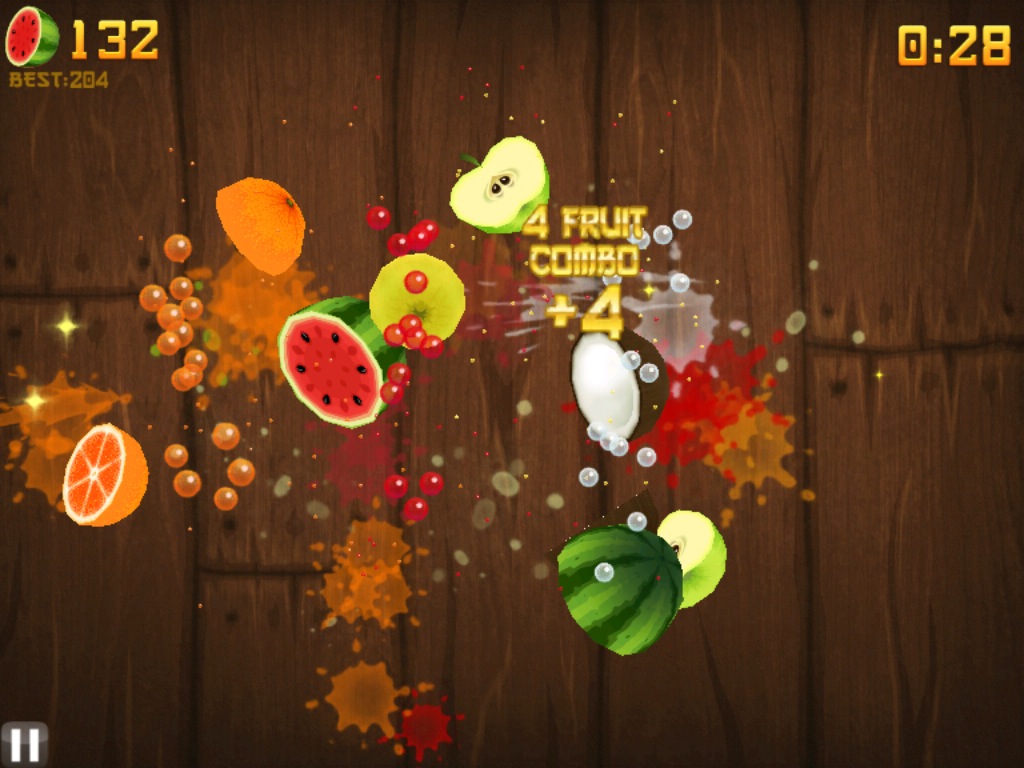So far I have spanned from when games first started in those days of black and white pong, spacewars and space invaders to the more advanced and textured 3d games of the 90's. At this point we also have our big name of Sony, Microsoft and Nintendo battling it out for supremacy with Sony's Play Station sitting at the top.
Now we move into the 21st century and the developments of the Playstation 2, Xbox and Game Cube. Graphics engines are dramatically improved and theres a big shift towards cross platforming. This was mainly due to trying to gross as much profit as possible and the increased costs in producing games.
Then came the Play Station 3, Xbox 360 and Wii. This is when the power shift begins to show. With the PS3 being the most technologically advanced and the Xbox a little less fancy but at a cheaper price most people went for the Xbox. Even though the PS3 was the most expensive, Sony were still in fact making a loss on every PS3 they sold, but they had planned well as the PS3 was carrying there secret weapon with its in built Blu-ray player. This extra feature meant families didn't have to go out and buy a second blu-ray player but use the PS3, which at this time where blu-ray hadn't become the huge force we know today allowed it to out compete the HD dvds on the market. And even though it was making a loss on every PS3, sony were able to the make a profit from every blu-ray dvd that was sold.
Nintendo on the other hand played a completely different game. The Wii being the least techy but with one extra gizmo to give it the edge, the controller could be used as a pointing device making players believe that there actions were being replicated on screen. With some good advertising and a good amount of games aimed at the casual gamers and the cheapest price of the 3 consoles, nintendo became quite a large threat and even in later years caused Sony and Microsoft copy with the Play Station Move and Kinect.
On the handheld front Nintendo also dominated with the Nintendo DS as it once again had the extra touch screen feature which made it unique and sellable unlike the psp which though that better graphics and usability had less games developed for it and suffered slightly as publishers created games for the DS instead due to it being the more popular handheld. And even more recently with the development of the Nintendo 3DS with its new gimmick of 3D without the glasses it continues to dominate the handheld market, though now with smart phones and ipads becoming used more and more frequently for gaming the power struggle may change again.
With all the competition on the markets, game companies are relying more on sequels to successful games and games for the casual player instead of creating new and innovative games. This is because games are now very expensive to make and even though they are sold for much higher prices than in the past of around £40 or higher today if the game isn't successful the losses could bankrupt companies and its also an issue for new game companies with little money. Though these smaller companies appear now on smart phones with game apps and returning to the world of 2d. New companies such as Roveo with angry birds have become well known even though on certain devices sell the game for free but make so much profit from merchandise and extra features that they are able to get by.
Which makes me wonder if there will be a move backwards to 2D games on one of the gaming fronts and high tech beautiful expensive games on the others. New game engines are being produced enhancing the graphics and effects even more such as the Luminous studio and CryEngine3, but is it really worth it? Well only time will tell.
Now we move into the 21st century and the developments of the Playstation 2, Xbox and Game Cube. Graphics engines are dramatically improved and theres a big shift towards cross platforming. This was mainly due to trying to gross as much profit as possible and the increased costs in producing games.
Then came the Play Station 3, Xbox 360 and Wii. This is when the power shift begins to show. With the PS3 being the most technologically advanced and the Xbox a little less fancy but at a cheaper price most people went for the Xbox. Even though the PS3 was the most expensive, Sony were still in fact making a loss on every PS3 they sold, but they had planned well as the PS3 was carrying there secret weapon with its in built Blu-ray player. This extra feature meant families didn't have to go out and buy a second blu-ray player but use the PS3, which at this time where blu-ray hadn't become the huge force we know today allowed it to out compete the HD dvds on the market. And even though it was making a loss on every PS3, sony were able to the make a profit from every blu-ray dvd that was sold.
On the handheld front Nintendo also dominated with the Nintendo DS as it once again had the extra touch screen feature which made it unique and sellable unlike the psp which though that better graphics and usability had less games developed for it and suffered slightly as publishers created games for the DS instead due to it being the more popular handheld. And even more recently with the development of the Nintendo 3DS with its new gimmick of 3D without the glasses it continues to dominate the handheld market, though now with smart phones and ipads becoming used more and more frequently for gaming the power struggle may change again.
With all the competition on the markets, game companies are relying more on sequels to successful games and games for the casual player instead of creating new and innovative games. This is because games are now very expensive to make and even though they are sold for much higher prices than in the past of around £40 or higher today if the game isn't successful the losses could bankrupt companies and its also an issue for new game companies with little money. Though these smaller companies appear now on smart phones with game apps and returning to the world of 2d. New companies such as Roveo with angry birds have become well known even though on certain devices sell the game for free but make so much profit from merchandise and extra features that they are able to get by.
Which makes me wonder if there will be a move backwards to 2D games on one of the gaming fronts and high tech beautiful expensive games on the others. New game engines are being produced enhancing the graphics and effects even more such as the Luminous studio and CryEngine3, but is it really worth it? Well only time will tell.













.jpg)

No comments:
Post a Comment